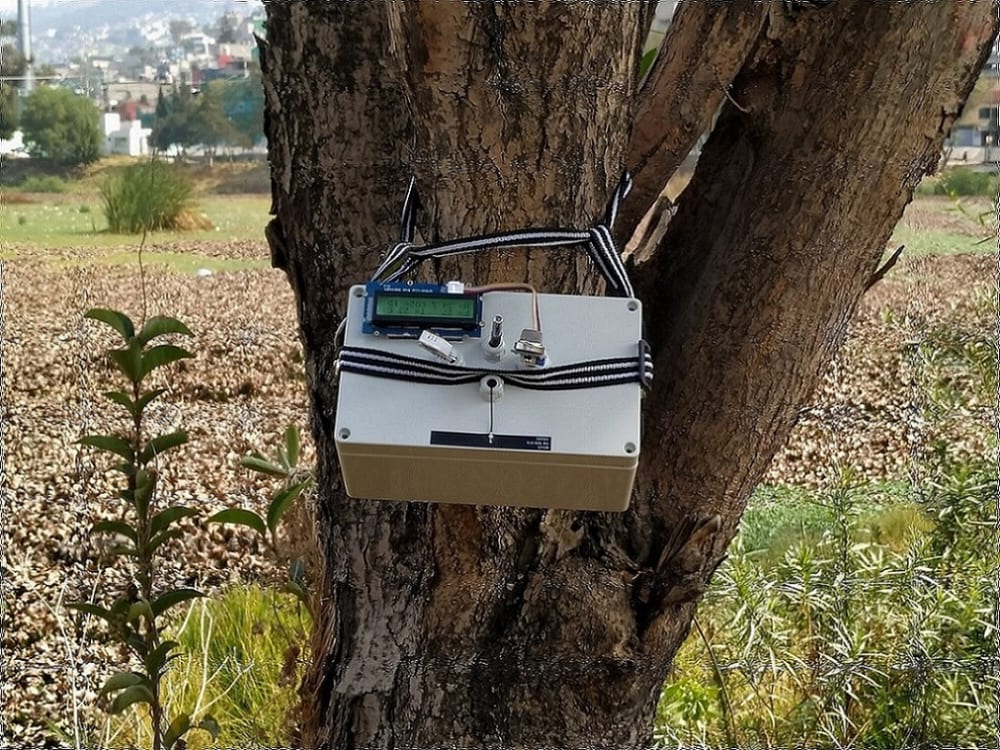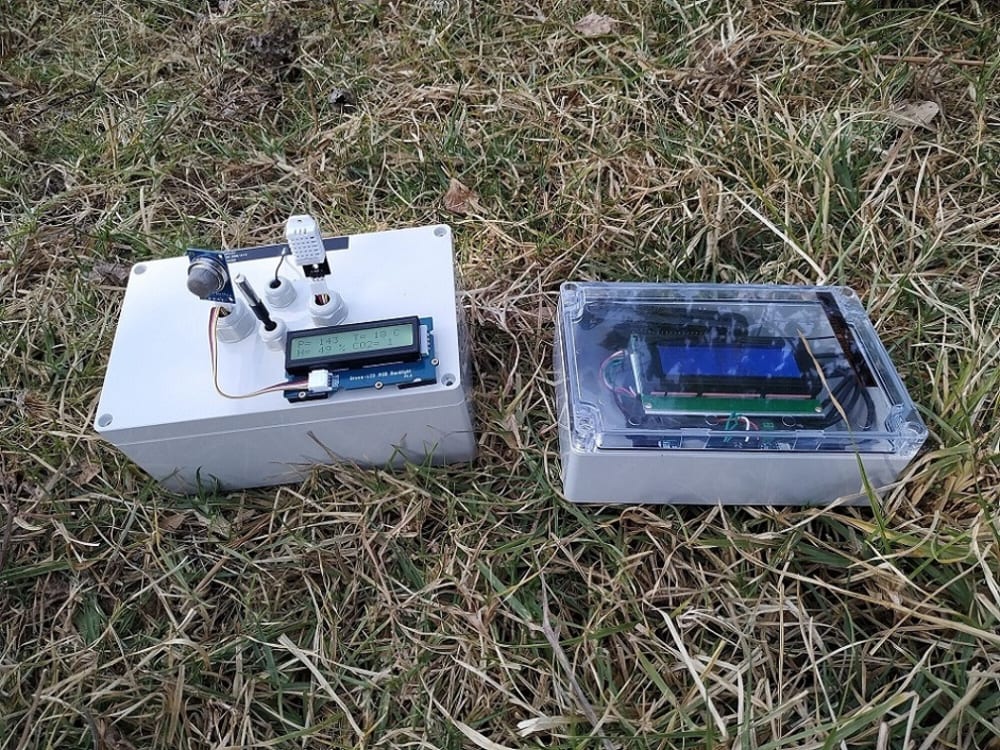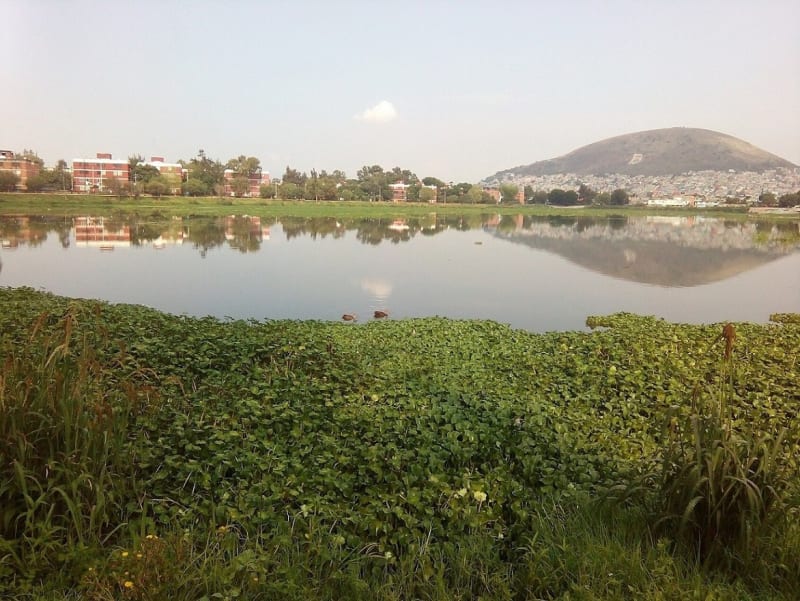SUMMARIZE: I developed a device with the Arduino MKR WAN 1300, which helps me to monitor the quality of water and air in the ecological reserve of my community.
PROBLEM:
I live on the shores of a big city, and there're still ecological reserves with natural lakes. It's a spectacle to still see migrating birds of all species every winter. However, there is a big struggle between those who pollute and those who make efforts to clean up these places. For example, people periodically organize ourselves to collect trash, prune green areas, and clean the lakes of water lilies and PET bottles.
Air pollution has a number of negative impacts on the environment, including damage to human health and natural ecosystems. The World Economic Forum has stated that air pollution is the ‘deadliest form of pollution,’ while the World Health Organization claims that in 2016 over 92% of the world’s population reside in places where air pollution exceeds health and safety limits. Despite these unbelievable facts, some countries - like the UK, US, Australia and New Zealand - are seeing a decrease in the amount of air pollution. Although urban green spaces are not solely responsible, it’s undeniable that these areas have contributed to the overall decline.
SOLUTION:
I developed an intelligent system for monitoring the ecological reserve through sensors, data transmission, data storage and analysis through to:
- Communication between two MKR WAN 1300 Arduinos, and
- LoRaWAN - IoT ThingSpeak System
HOW DOES IT WORKS?
- I collected data with sensors such as: Humidity, temperature, Carbon Monoxide, Carbon Dioxide, Volatile Organic Compound (TVOC), Smoke, water level, etc;
- I selected and pre-program the time intervals when the system is monitored, and then it went into low consumption for energy saving;
- I adapted a solar cell panel for the electrical power consumption of the system during the day, and for recharging a battery and using the system at night;
- I used Connection via RF through Carrier frequency Lora (433/868/915 MHz)
- I read the captured data and so activate alarms to be seen on an LCD screen or on a Laptop or a PC
- Future work is related to developing a version with artificial intelligence, with the Edge Impulse platform. This second version is currently in the testing stage.
Video
Like this entry?
-
About the Entrant
- Name:Guillermo Perez
- Type of entry:individual
- Software used for this entry:Arduino IDE, Edge Impulse platform
- Patent status:pending








